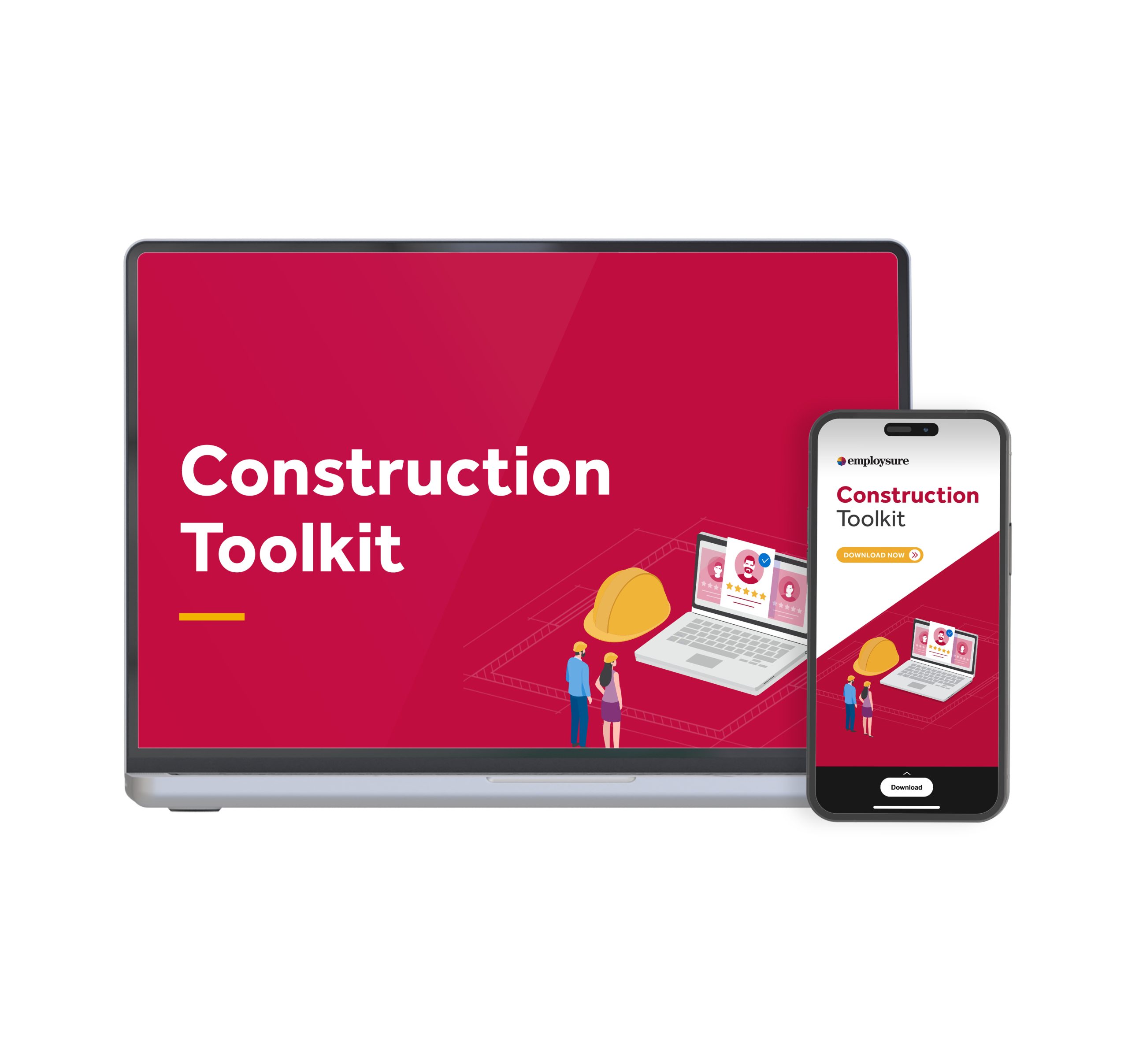
The Australian economy is experiencing a dramatic spike in construction insolvency levels, with the number of failed businesses in the industry surging by 75% in the past year.
According to the latest statistics from the Australian Securities and Investments Commission (ASIC), 2,117 external administrations were recorded in the 2022-23 financial year. To put this figure into context, this represents construction’s highest level of insolvency in the past decade.
These numbers lead to some burning questions. Which construction companies are being affected? What are the underlying causes? Crucially, what needs to be done to stabilise the situation? Let’s dive in and explore some possible answers.
Which companies are being affected?
While insolvency can occur to a company of any size, small businesses tend to be more vulnerable. This is because they have less cash flow to mitigate disruptions, are often underinsured, and have less access to the specialist legal advice needed to deal with the early stages of insolvency.
For the above reasons, some might assume that Australia’s construction insolvencies are predominantly impacting small businesses. However, a deep dive into the data reveals otherwise. Home-building giant Porter Davis is among the list of insolvent businesses, as well as Privium, Oracle, Condev, Pivotal Homes, BA Murphy, LDC, Hallbury Homes and LP Warren Homes.
Businesses of all shapes and sizes – including several of the industry’s biggest – are struggling to stay afloat in the choppy waters of current market conditions.

Is your construction business built for success?
With several awards and regulations, it can get tricky for construction business owners to keep up with their obligations. How do you ensure a safe, healthy and fair workplace? Our handy FREE Construction Toolkit helps you build a better business.
What’s causing the construction insolvencies?
In truth, there’s no simple answer to this question. However, here’s a breakdown of some underlying causes, all widely accepted as being major factors behind construction’s recent spike of insolvencies:
Supply chain issues
Supply chain issues have been a big talking point in the construction industry for the past few years. In part, the insolvency surge can be attributed to businesses struggling to find materials at prices that don’t severely eat into their profit margins.
Construction materials readily available before the pandemic are now difficult to source. When found, they often come with long lead-times and eye-watering price tags. Subsequently, contractors are struggling to meet project budgets and deadlines, while bottom-line profits are dwindling.
Labour shortages
The scarcity of skilled labour has been a significant obstacle for Aussie construction firms in recent years, while 2023 has seen a continuation of the same shortages.
Following a drop in international workers created by the pandemic’s border closures, there are currently more than 100,000 unfilled construction roles in Australia.
It’s estimated there are only enough adequately qualified and unemployed construction workers to fill about 50% of the sector’s vacant positions. With their services in high demand, the wages and pay construction workers demand is also steadily rising.
Rising interest rates
The recent increase in interest rates, aimed at curbing inflation, has dramatically affected the demand for new homes. The latest figures from the Housing Industry Association (HIA) show sales of new homes are dropping at 4.6% per month (42% lower than this time last year). HIA chief economist Tim Reardon claims “this slowing in sales will flow though to reduced building activity throughout the rest of 2023”.
The same report finds one in five customers are now having to cancel the building of homes due to reduced borrowing power. Smaller construction companies that rely on single property projects are more likely to feel the effects of a dip in demand.
Fixed-price contacts
Another of the biggest contributing factors is the number of fixed-price contracts signed in recent years. The pandemic’s stay-at-home lifestyle saw a boom in demand for renovations, house extensions and new properties. Simultaneously, government-backed schemes such as HomeBuilder increased the number of projects funded by first-time homeowners.
Interviewed by the Financial Review, Head of The Australian Restructuring Insolvency and Turnaround Association (ARITA) John Winter claims, “We took that strong run in the construction sector during Covid and then completely over-juiced it with stimulus for first home builders”.
Construction companies must now deliver on a backlog of fixed-price contracts agreed between 2020-2022, even though increasing costs of materials and labour mean these projects offer drastically reduced profit margins.
How can construction rebuild?
Based on insolvency data alone, it’s tempting to believe that Australian construction is collapsing. However, while insolvency figures are high, the outlook for the industry is overwhelmingly positive. After a 2.6% decline throughout 2023, Australian construction is forecast to grow at a steady pace of 5.48% annually until 2027.
Offering more reason for optimism, proactive measures can be taken to manage the project pipeline fed into the industry. Winter believes the government needs to be more cautious and ensure future schemes don’t overstimulate demand when the industry is already operating close to capacity.
Helen Bird, a corporate governance expert at Swinburne University of Technology, tells Smart Magazine that the government could also consider softening legislation surrounding fixed-price contracts. The current rules are heavily skewed toward customers, aiming to protect them from construction companies going into administration.
Bird suggests legislation could be adjusted to give greater flexibility in how prices are set for longer-term projects, with the inclusion of a buffer for unexpected rises in real-time costs.
Bird also points out that while construction’s challenges are undeniable, each of these challenges represents an opportunity for the industry to evolve and improve. As it moves beyond the insolvency crisis, Australian construction has a chance to rebuild its foundations, remodel the management of its pipeline and become more resilient in the face of change.
Does your construction company have employer relations or health and safety issues? Australian business owners can call our FREE Advice Line on 1300 651 415.
Employsure handles thousands of workplace problems like yours, with construction companies representing 19% of our client base. No matter your question, our experts will have the answer.







